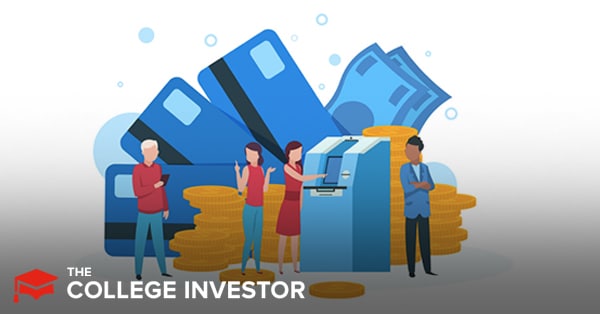Understanding Student Loan Consolidation


Student loan consolidation is often confused with general debt consolidation, but the two are not the same. Debt consolidation usually refers to combining multiple debts, such as credit cards, into a single new loan. Student loan consolidation is a federal process that works differently and follows specific rules.
When you consolidate federal student loans, you combine them into a single Direct Consolidation Loan. This can simplify repayment and sometimes expand your options, but it also comes with costs and trade-offs.
Consolidation for federal student loans shares some similarities with debt consolidation but functions under different terms. Some potential outcomes include:
There are two main types of student loans: private and federal. Private student loan refinancing is a separate process. Here, the focus is on federal student loan consolidation.
Borrowers may consider consolidation when:
Because consolidation is generally a one-time option, many borrowers wait until it clearly supports a specific goal, such as forgiveness eligibility or leaving default.
While consolidation can simplify payments, it also has downsides:
Suppose you have $30,000 in principal at a 4.99% interest rate, with $5,000 in unpaid interest. Before consolidation, interest would be calculated on $30,000. After consolidation, the $5,000 is added to the principal, making it $35,000. The new daily interest is then based on that larger amount, which increases what you pay over time.
For borrowers in default, consolidation can create a new Direct Loan that replaces the old defaulted loans. This effectively removes the default status.
However, interest capitalization still applies, which may increase the total balance. For those with large amounts of unpaid interest, consolidation can significantly raise the long-term cost.
Federal student loan default can lead to wage garnishment. Lenders may request that up to 15% of a borrower’s take-home pay be withheld, as long as a minimum weekly amount remains. Unlike some other debts, federal loan garnishment does not require a court order.
Default can also lead to garnishment of tax refunds or even Social Security benefits. Garnishment typically continues until the borrower exits default or pays the loan in full.
Some people notice that defaulted student loans no longer appear on their credit report after seven years. This does not mean the loan has been forgiven. It only means the loan has aged out of standard credit reporting.
The loan itself still exists, and collection activity may continue. Being in default for that length of time can damage credit history and create additional financial challenges.
Federal student loan consolidation can simplify payments, open eligibility for forgiveness programs, or help borrowers exit default. At the same time, it can increase the total cost of repayment and has limits that make timing important.
Understanding both the benefits and the trade-offs can help borrowers make informed decisions about whether consolidation is the right step for their situation.
The content provided is intended for informational purposes only. Estimates or statements contained within may be based on prior results or from third parties. The views expressed in these materials are those of the author and may not reflect the view of National Debt Relief. We make no guarantees that the information contained on this site will be accurate or applicable and results may vary depending on individual situations. Contact a financial and/or tax professional regarding your specific financial and tax situation. Please visit our terms of service for full terms governing the use this site.

Many people first hear about the stock market through movies like “The Wolf of Wall Street,” “The Big Short,” or...

I used to love to hitchhike, back when it was respectable, common, and seemed safe, at least to a six-foot...

When it comes to student debt payoff, it pays to get creative. From forgiveness programs, to employer student loan repayment,...